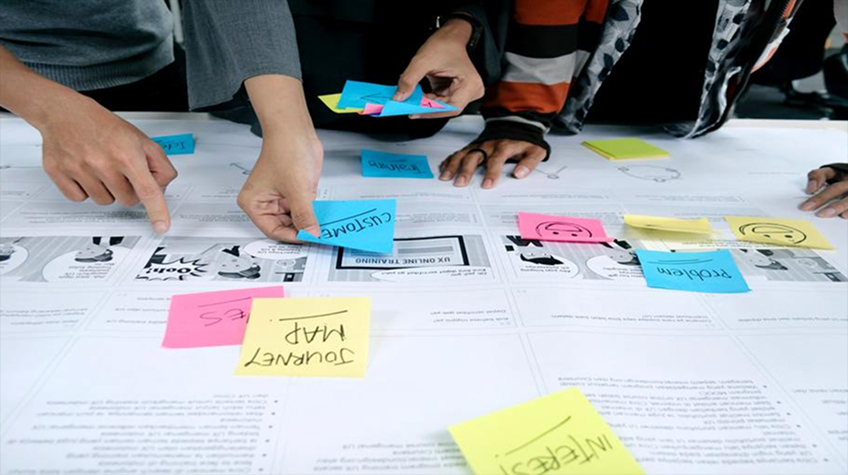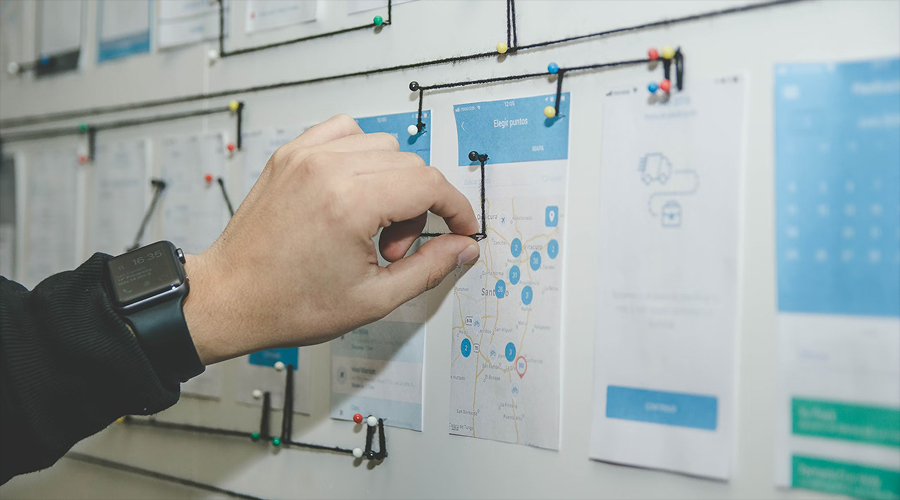
In today’s fast-paced digital world, tech companies are obsessed with making your experience as smooth as possible right from the get-go. The secret sauce? Streamlining the user journey—that series of steps you take from your first click or tap to achieving whatever goal brought you there. According to the Nielsen Norman Group, understanding and refining this journey is the backbone of a great user experience. So, how do tech companies pull this off from day one? Let’s dive into the strategies that make it happen.
Understanding User Needs

First things first: you can’t streamline a journey you don’t understand. Tech companies kick things off by digging deep into what their users want and need. They use surveys, interviews, and usability tests to uncover behaviors, preferences, and those pesky pain points that could derail the experience.
Take Airbnb, for example—they learned through research that blurry listing photos were a dealbreaker, so they rolled out professional photography services to fix it. Insights like these shape a user journey that feels natural and intuitive. By spotting and smoothing out friction points early, companies set the stage for a seamless start.
Effective Onboarding
Once they’ve mapped out the journey, the next step is helping users hit the ground running. That’s where onboarding comes in—it’s the welcome mat of the user experience. A killer onboarding process can turn a curious newbie into a loyal user, while a clunky one might send them running for the hills.
For SaaS companies especially, this is make-or-break. As experts point out, SaaS client onboarding is all about guiding users through setup and showing them the product’s value fast. Think progress bars, interactive checklists, or even celebratory confetti when you hit a milestone. Toss in video tutorials or a solid knowledge base, and users can learn at their own pace without feeling overwhelmed.
Designing for Usability

A smooth user journey isn’t just about what happens—it’s about how it feels. That’s where User Interface (UI) and User Experience (UX) design step up. Good design makes a product easy to navigate and nice to look at, with clear menus, consistent layouts, and responsiveness across devices.
Google’s minimalist vibe is a classic example—its clean look makes everything from search to maps a breeze to use. The goal? Reduce the brainpower users need to figure things out. Plus, accessibility matters—designing for diverse abilities ensures everyone can join the party. When the interface fades into the background, the journey shines.
Leveraging Technology
Tech companies don’t just build tools. they use them to supercharge the user experience. Automation takes care of the boring stuff, like filling out forms or sorting data, so users can focus on what they came for. AI-powered chatbots, like the ones Zendesk uses to route queries, offer instant help without the wait.
Then there’s personalization—machine learning can study your habits and serve up tailored suggestions. Netflix nails this with its recommendation engine, nudging you toward shows you’ll love. By weaving in these tech tricks, companies make the journey faster, smarter, and more personal from the very first interaction.
Continuous Improvement
Here’s the thing: streamlining isn’t a one-and-done deal. Tech companies treat the user journey like a living, breathing thing, always tweaking it based on feedback. They might run A/B tests to see if a new button layout works better or dig into tools like Hotjar and Google Analytics to spot where users get stuck.
Listening to what users say—and what their actions show—lets companies polish the rough edges over time. This constant iteration keeps the journey fresh and effective, ensuring it doesn’t just start strong but stays that way as user needs evolve.
Wrapping It Up
So, how do tech companies streamline user journeys from day one? It’s a mix of knowing their audience inside out, rolling out a red-carpet onboarding experience, designing with usability in mind, tapping into tech like AI and automation, and never stopping the quest for better.
These moves don’t just make life easier for users—they boost satisfaction, keep people coming back, and drive business wins. As tech keeps racing forward, nailing the user journey will remain a superpower for companies looking to stand out. Next time you’re breezing through an app or site, you’ll know the behind-the-scenes magic making it happen.






